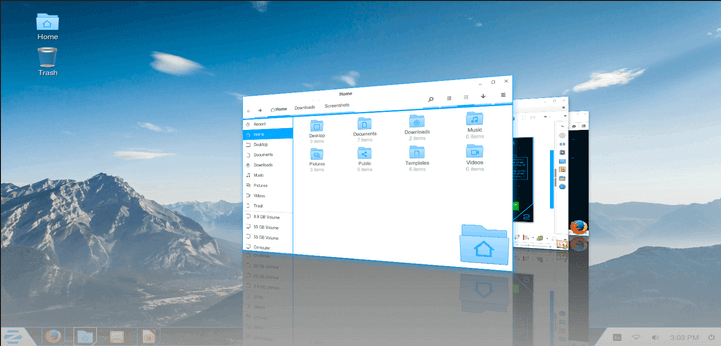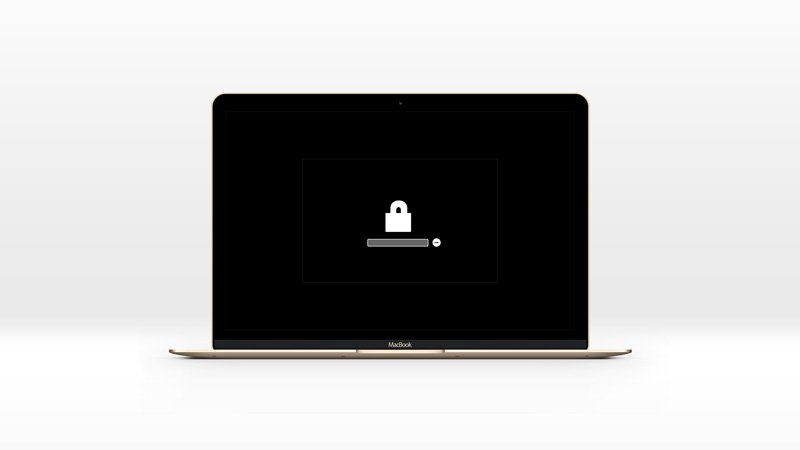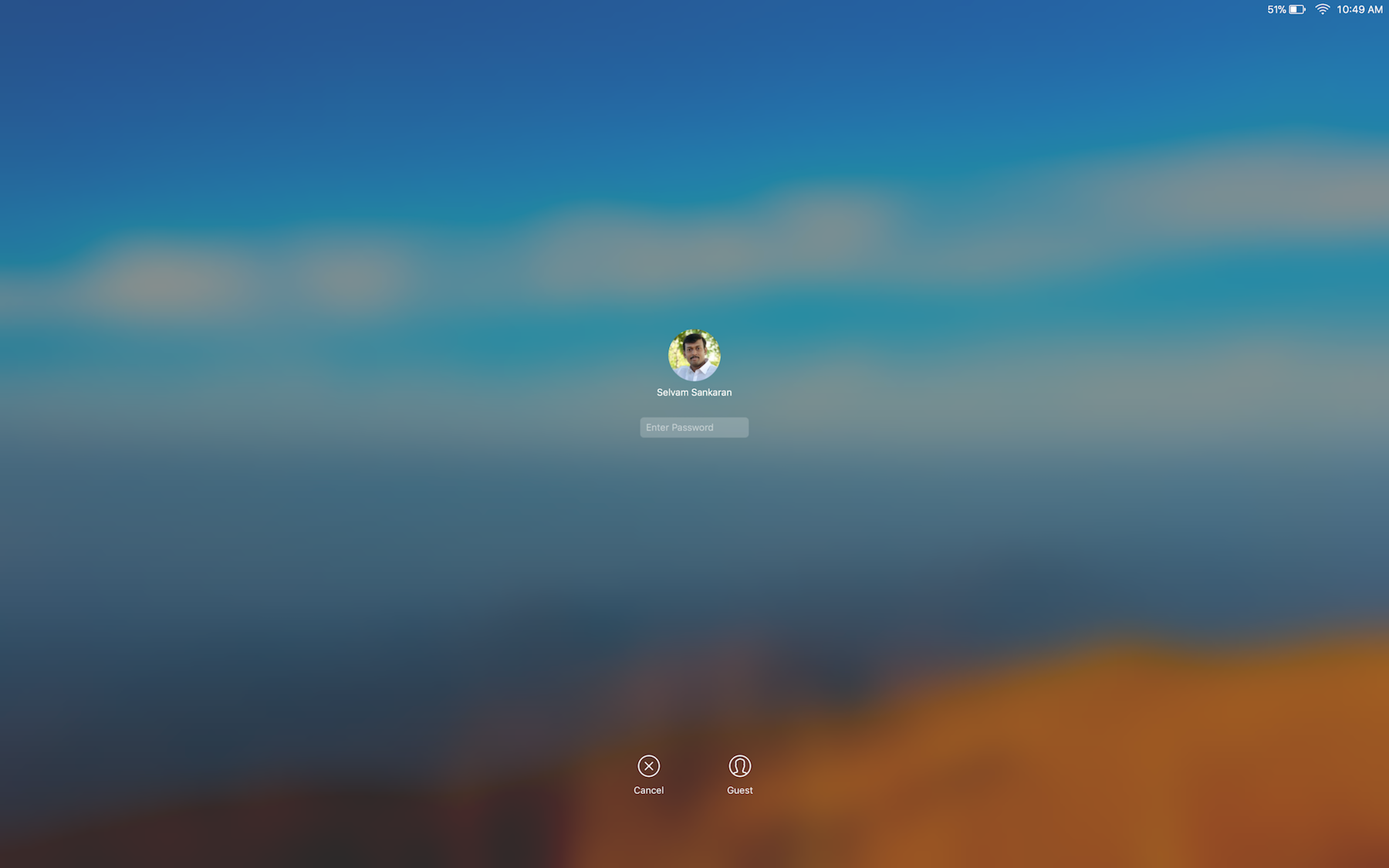The Image Size command in Photoshop includes a method to preserve details and provide better sharpness while enlarging images.
In addition, the Photoshop Image Size dialog box has been updated for ease of use:
Unable to open locked images in Mac. Unable to open locked images in Mac. Asked By Josh Pikee 0 points N/A Posted on -. Hello Experts, I have failed to open an image and some other files, received from Mac, on my computer. It says the files are locked. I searched the property of the files. On your Mac, choose Apple menu System Preferences, then click Users & Groups.
- A window displays the preview image from the resizing parameters.
- Resizing the dialog box resizes the preview window.
- The Scale Styles option is turned on and off from inside the gear menu in the upper right corner of the dialog box.
- From the Dimensions pop-up menu, choose different units of measurement to display the dimensions of the final output.
- Click the link icon to toggle the Constrain Proportions option on and off.
Do any of the following to modify the image preview:
- To change the size of the preview window, drag a corner of the Image Size dialog box and resize it.
- To view a different area of the image, drag within the preview.
- To change the preview magnification, Ctrl-click (Windows) or Command-click (Mac OS) in the preview image to increase magnification. Alt-click (Windows) or Option-click (Mac OS) to reduce the magnification. After clicking, the percentage of magnification briefly appears near the bottom of the preview image.
- To change the size of the preview window, drag a corner of the Image Size dialog box and resize it.
To change the unit of measurement for the pixel dimension, click the triangle next to Dimensions and choose from the menu.
To maintain the original ratio of width to height measurement, make sure that the Constrain Proportions option is enabled. If you want to scale the width and height independently of each other, click the Constrain Proportions icon to unlink them.
Note:
You can change the unit of measurement for width and height by choosing from the menus to the right of the Width and Height text boxes.
MS Office is probably the most widely used and world renowned office suite.You can also download.Though there are many other open source and free alternative out there in order to help you create text documents, presentations and spreadsheets databases like OpenOffice, NeoOffice, LibreOffice and Apple's Pages, Numbers and Keynote but MS Office is still one of the most widely used solution on Mac platform. Microsoft Office 2016 for Mac makes it very simple to collaborate with others in your office. Download ms office for macbook.
Do any of the following:
- To change the image size or resolution and allow the total number of pixels to adjust proportionately, make sure that Resample is selected, and if necessary, choose an interpolation method from the Resample menu.
- To change the image size or resolution without changing the total number of pixels in the image, deselect Resample.
(Optional) From the Fit To menu:
- Choose a preset to resize the image.
- Choose Auto Resolution to resize the image for a specific printing output. In the Auto Resolution dialog box, specify the Screen value and select a Quality. You can change the unit of measurement by choosing from the menu to the right of the Screen text box.
- Choose a preset to resize the image.
Enter values for Width and Height. To enter values in a different unit of measurement, choose from the menus next to the Width and Height text boxes.
The new image file size appears at the top of the Image Size dialog box, with the old file size in parentheses.
To change the Resolution, enter a new value. (Optional) You can also choose a different unit of measurement. See full list on beebom.com.
If your image has layers with styles applied to them, select Scale Styles from the gear icon to scale the effects in the resized image. This option is available only if you selected the Constrain Proportions option.
Note:
To restore the initial values displayed in the Image Size dialog box, either choose Original Size from the Fit To menu, or hold down Alt (Windows) or Option (Mac OS), and click Reset.
Photoshop chooses the resampling method based on the document type and whether the document is scaling up or down.
When this method is chosen, a Noise reduction slider becomes available for smoothing out noise as you upscale the image.
Image Lock For Macbook Air
A good method for enlarging images based on Bicubic interpolation but designed to produce smoother results.
A good method for reducing the size of an image based on Bicubic interpolation with enhanced sharpening. This method maintains the detail in a resampled image. If Bicubic Sharper oversharpens some areas of an image, try using Bicubic.
A slower but more precise method based on an examination of the values of surrounding pixels. Using more complex calculations, Bicubic produces smoother tonal gradations than Nearest Neighbor or Bilinear.
A fast but less precise method that replicates the pixels in an image. This method preserves hard edges and produces a smaller file in illustrations containing edges that are not anti-aliased. However, this method can produce jagged effects, which become apparent when you distort or scale an image or perform multiple manipulations on a selection.
A method that adds pixels by averaging the color values of surrounding pixels. It produces medium-quality results.
More like this
There are a number of different ways to lock or sleep your screen in macOS. Before we show them to you, however, it's important to make the distinction between locking your screen and just putting it to sleep.
If you lock your Mac you'll put it to sleep and need to type in your login password on your Mac's lock screen (or unlock it with TouchID on a MacBook Pro with Touch Bar, or with an Apple Watch). If you put it to sleep, you won't necessarily lock it. In order to lock your screen, you need to set up the password in System Preferences. Here's how to do that.
How to set up a password to lock the screen
- Launch System Preferences either by clicking on its icon in the Dock or by choosing it from the Apple menu.
- Click on the Security & Privacy pane.
- Choose the General tab and check the option that starts ‘Require password…'
- Choose an option from the dropdown menu.
Now, whenever your Mac goes to sleep or a screensaver starts, it will lock and you'll have to authenticate with your user password, Apple Watch or TouchID to gain access.
Worried about your Mac's security in public places? Get Beepify, a Setapp app that protects your Mac from theft.
Download Beepify FreeHow to lock your Mac
If you have a MacBook, a MacBook Air or a MacBook Pro, the quickest and easiest way to lock your Mac is just to shut the lid. When you do that, the Mac goes to sleep and when you open it again you'll need to unlock it.
However, there are occasions when you'll want to prevent anyone from seeing the screen without actually closing it. And, in any case, if you have an iMac, Mac mini or Mac Pro, it's not an option. Here are some other ways you can lock your Mac's display.
1. Use Apple menu
Go to the Apple menu and choose Sleep. This will display the login screen for your account and won't unlock with a password (unless you're wearing an Apple Watch when you do it and then it will lock and unlock immediately)

Tip: If you want your Mac to remain locked even when you're close by and you have an Apple Watch, go to System Preferences>Security & Privacy>General and uncheck the Allow your Apple Watch to unlock your Mac option.
2. Use shortcuts
If you're using a Mac that's running macOS Catalina, go to the Apple menu and choose Lock Screen or press Command+Control+Q. This will lock your Mac and return you to the Login screen.
For older versions of the operating system, press Control+Shift+Power button (or Control+Shift+Eject if your Mac has an optical drive). It will lock the screen.
You can also use a keyboard shortcut to put your Mac to sleep. Press Command+Option+Power (or Eject). This works in a similar way to the previous one, but rather than just lock your Mac it powers down the hard drive, puts the CPU into low power mode and stops background tasks in order to save energy.
3. Set up a hot corner
Hot corners allow you to drag to the mouse pointer to one of the four corners of the screen to initiate an action – you can use one as a sleep shortcut on your Mac. To set it up:
- Launch System Preferences.
- Choose the Desktop & Screen Saver pane.
- Click the Hot Corners button at the bottom right of the window.
- In the drop down window, choose a corner.
- Click on the menu and choose either Start Screen Saver or Put Display to Sleep.
4. Use fast user switching

Fast user switching allows you to quickly log into another user account on your Mac. But you can also use it to return to the log in window, which locks your Mac. Got to System Preferences>Users & Groups and click the padlock, then type in your password. Click Login Options and check the box next to ‘Show fast user switch menu as.' You can also choose whether to show the menu as your full name, the account name or an icon.
To lock your Mac, click the fast user switching menu at the right of the menu bar and choose Login Window…
5. Add Keychain Access to the menu bar

This option was removed in macOS Mojave but works on versions before High Sierra:
- Go to Finder.
- Choose Applications > Utilities.
- Launch Keychain Access.
- Click in the Keychain Access menu and select Preferences.
- Check the box next to Show keychain status in menu bar.
- You'll see a lock in the Finder menu bar. Click it and choose Lock Screen to lock your Mac.

Tip: If you want your Mac to remain locked even when you're close by and you have an Apple Watch, go to System Preferences>Security & Privacy>General and uncheck the Allow your Apple Watch to unlock your Mac option.
2. Use shortcuts
If you're using a Mac that's running macOS Catalina, go to the Apple menu and choose Lock Screen or press Command+Control+Q. This will lock your Mac and return you to the Login screen.
For older versions of the operating system, press Control+Shift+Power button (or Control+Shift+Eject if your Mac has an optical drive). It will lock the screen.
You can also use a keyboard shortcut to put your Mac to sleep. Press Command+Option+Power (or Eject). This works in a similar way to the previous one, but rather than just lock your Mac it powers down the hard drive, puts the CPU into low power mode and stops background tasks in order to save energy.
3. Set up a hot corner
Hot corners allow you to drag to the mouse pointer to one of the four corners of the screen to initiate an action – you can use one as a sleep shortcut on your Mac. To set it up:
- Launch System Preferences.
- Choose the Desktop & Screen Saver pane.
- Click the Hot Corners button at the bottom right of the window.
- In the drop down window, choose a corner.
- Click on the menu and choose either Start Screen Saver or Put Display to Sleep.
4. Use fast user switching
Fast user switching allows you to quickly log into another user account on your Mac. But you can also use it to return to the log in window, which locks your Mac. Got to System Preferences>Users & Groups and click the padlock, then type in your password. Click Login Options and check the box next to ‘Show fast user switch menu as.' You can also choose whether to show the menu as your full name, the account name or an icon.
To lock your Mac, click the fast user switching menu at the right of the menu bar and choose Login Window…
5. Add Keychain Access to the menu bar
This option was removed in macOS Mojave but works on versions before High Sierra:
- Go to Finder.
- Choose Applications > Utilities.
- Launch Keychain Access.
- Click in the Keychain Access menu and select Preferences.
- Check the box next to Show keychain status in menu bar.
- You'll see a lock in the Finder menu bar. Click it and choose Lock Screen to lock your Mac.
Lock Screen Key Mac Pro
Other ways to protect your privacy
First of all, fet a Finder-like Terminal for Mac that will help you completely control the login settings. It's called MacPilot. The app covers over 1,200 hidden macOS features. For privacy, you can go into the Login tab and customize access by users, enable the option of automatic screen locking, and edit launch items.
If you're looking for physical protection of your Mac, Beepify is the app you need. Whenever you have to step away from the computer in a public place, activate Beepify and it will be set to produce a loud sound in case someone tries to close the screen or disconnect charger.
One of the main reasons for locking your Mac when you step away from it is to stop prying eyes accessing your files, browser history, or anything else you don't want them to see. CleanMyMac X has a tool that gives you even more privacy protection.
CleanMyMac's Privacy tool allows you to quickly delete your browser history in Chrome, Firefox, and Safari. But it also allows you to delete message threads and attachments in Messages, and to remove entries from macOS' recent files lists.
Also, CleanMyMac's Shredder is a quick and easy way to securely delete sensitive data. You can download CleanMyMac for free and give it a try.
As you can see, putting your Mac to sleep or locking it is very easy. There are lots of different ways to do it, although some are dependent on the version of macOS you're using. If you regularly lock your Mac to prevent others accessing it, you should ensure your login password is strong and secure.
Finally, if privacy is important, CleanMyMac has a couple of tools that can help delete sensitive data.
